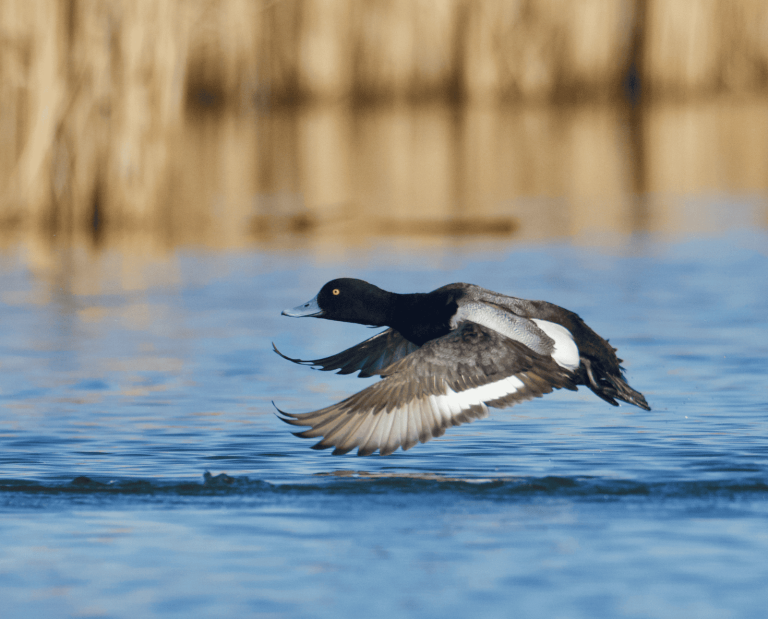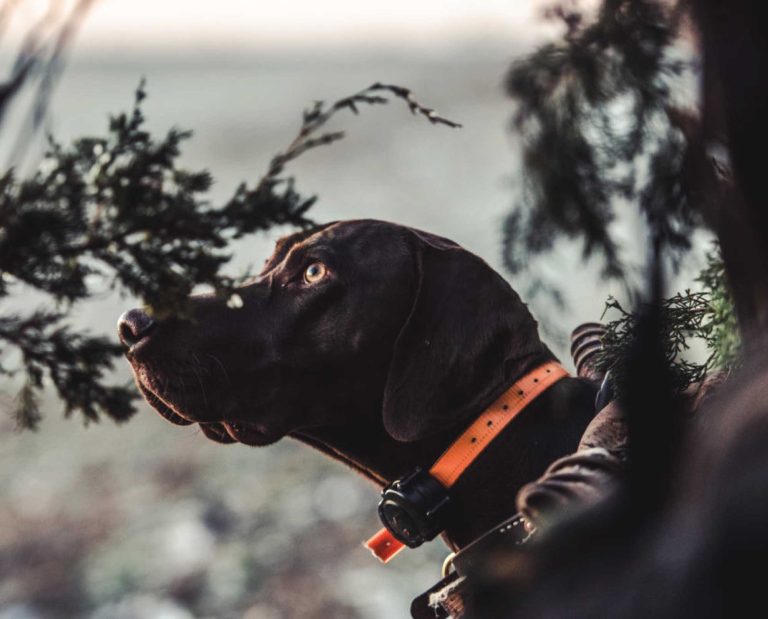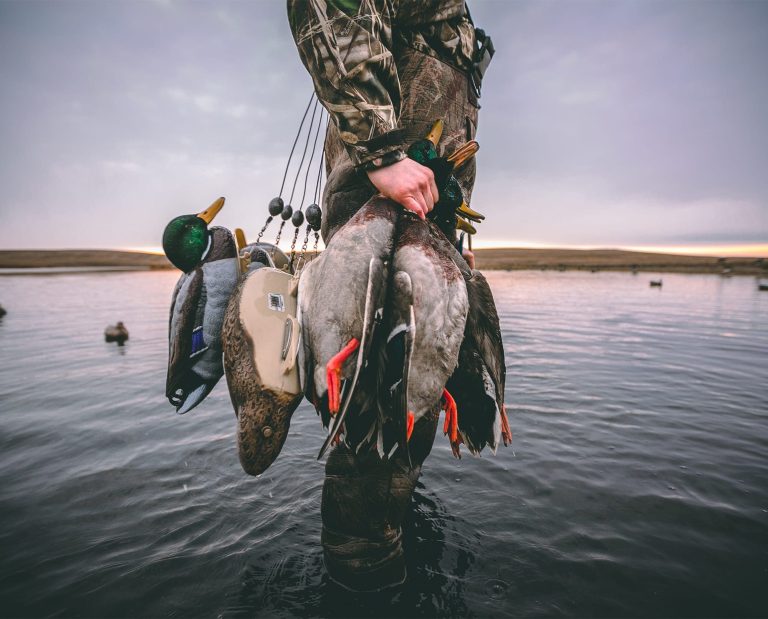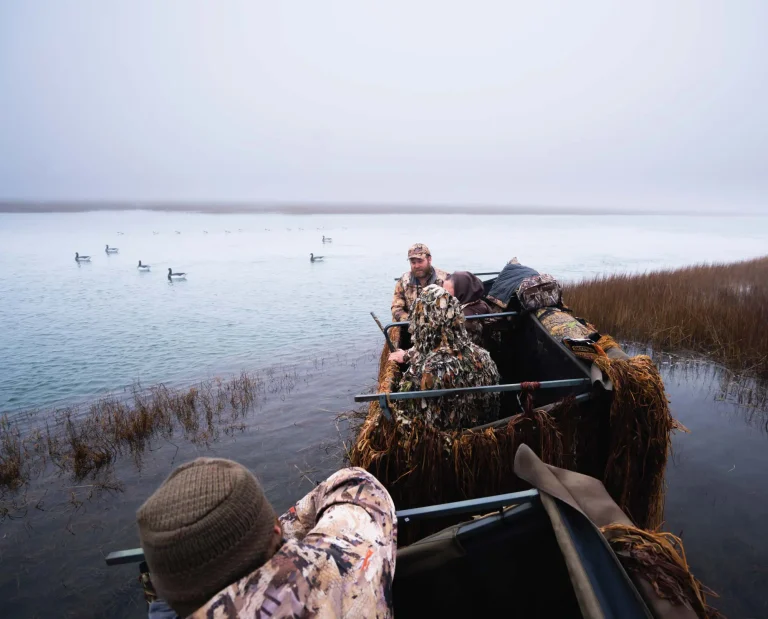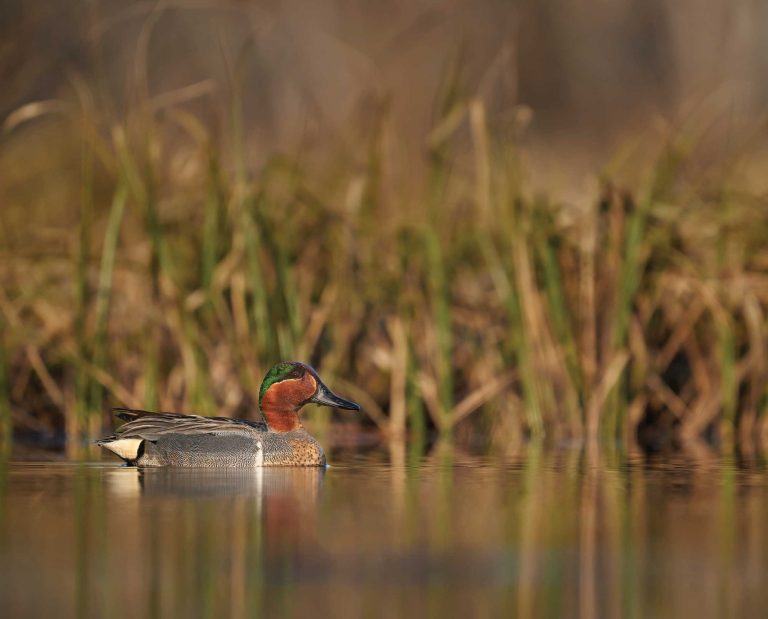A Introduction to Jump Shooting Ducks on Upland Hunts
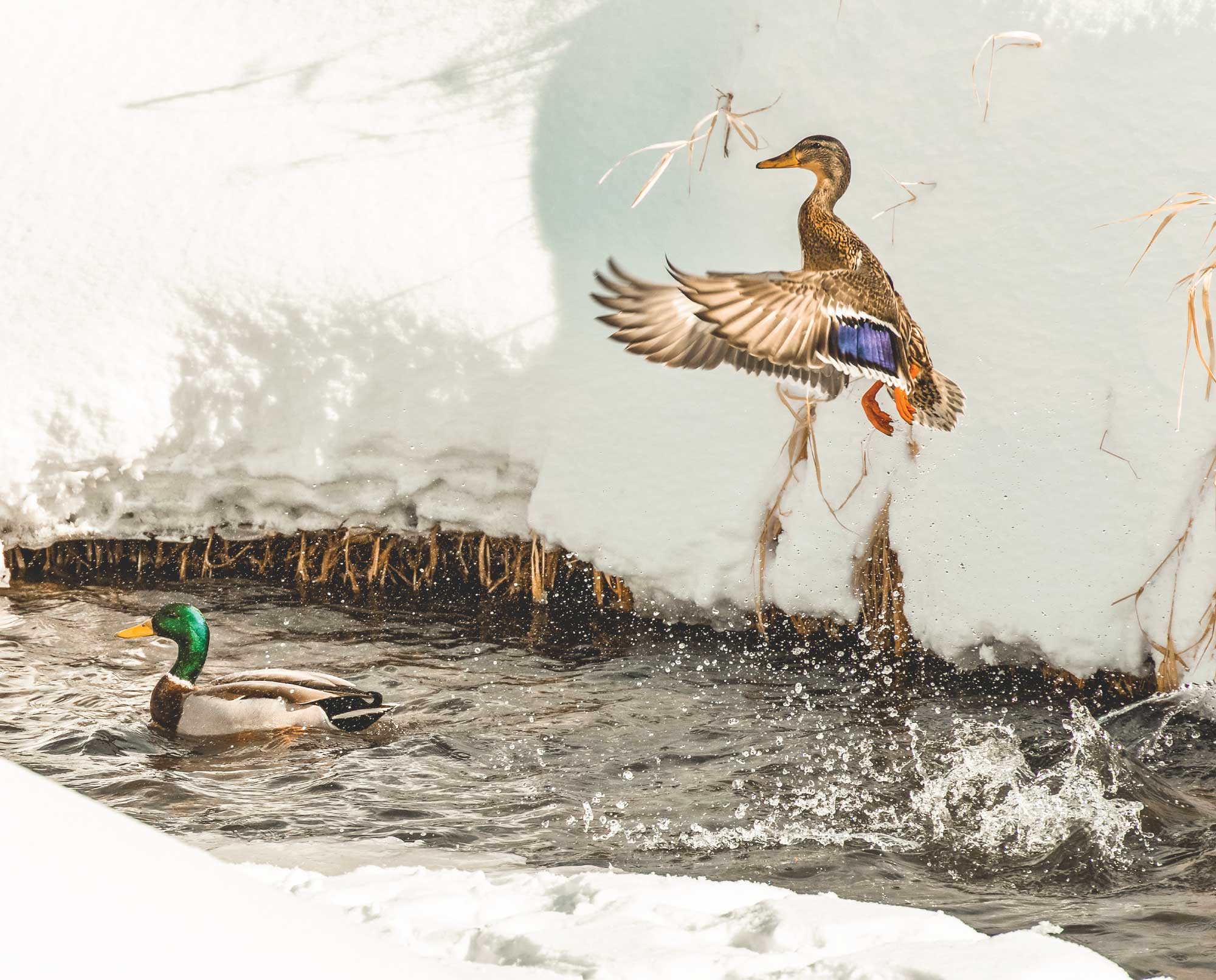
Add some more variety to your next bird hunt by puddle jumping ducks
Bird hunting can take multiple forms. We can hike up rocky ridges to shoot red-legged devils (chukar) all the way to walking grasslands looking for ring-necked pheasant to pop out. Whatever kind of bird hunting we do, we always seem to overlap in different ways. If I go hunt sage grouse, I’m also expecting to see some quail. It’s just the way it is. The other two species that overlap are pheasant and ducks.
Where pheasants and ducks overlap
There is a common denominator when it comes to pheasants and ducks: shallow wetlands and canals. In another article on Project Upland on How to Identify Pheasant Habitat, Ryan Lisson mentions how “Very shallow cattail marshes, ditches/sloughs, and stream corridors with brushy edges can be great winter cover for pheasants.” This same area is enjoyed by waterfowl. It’s not uncommon to see geese feeding on short grasses. Smaller ducks like the cover of cattails to find cover from the weather. This common habitat need is what makes adding ducks to a bird hunt convenient.
One of my favorite spots to jump ducks seems to be full of pheasant. Except for during pheasant season, since pheasant season is when the pheasants hide. Some of the best areas are where grasses butt up to cattails and a canal or slough. I’ve had more than a few pheasant scare me when I’m hiking out with ducks in hand.
How to add ducks to a bird hunt
Planning on adding ducks to a bird hunt does take some give and take. Ducks are protected by the migratory bird laws and because of that hunting them comes with special regulations. The first thing needed is a duck stamp. They are twenty-five dollars and the money goes to buying and maintaining wetlands and ensuring there is land for waterfowl to grow. In some cases, the duck stamp even counts as your entry into some of the wildlife preserves in the U.S. It’s an impressive program that really does directly contribute to waterfowl all over the U.S.
Because adding ducks to a bird hunt means you are adding a migratory bird to the hunt, it comes with other regulations, as well. The biggest compromise that needs to be taken is shooting non-toxic shot. This can be a big deal to some hunters. I always carry steel unless I’m in the mountains hunting grouse. Once waterfowl season opens, I carry steel shot. My preference is Hevi Steel. I’m not one to argue shotgun shells or which material makes the best shot pellet for whatever game I’m hunting. I shoot Hevi Steel because it patterns well in my shotgun, I have a good density at forty yards and a better density closer. Most ducks I shoot at are well within that forty-yard range. Choosing a good non-toxic shot can be beneficial in the future as we’ve seen states like California that have banned all lead shot. There are a lot of options for non-toxic shot. I have used tungsten before and other than breaking my wallet in half, it harvested ducks just as well. I’m not a scientist, but that’s my impression.
The other regulation involving shooting waterfowl is the need for a magazine plug. That’s a small piece of plastic that goes in the magazine of your shotgun, limiting its capacity. This mostly applies for semi-automatic and pump shotguns. Many upland hunters carry a side-by-side or an over-under, but in my situation, I must count my pennies and my Remington 870 must do every job, therefore I always have a plug in my shotgun. Specially if there is a chance I may shoot at some ducks; a four-dollar shotgun plug is less expensive than a ticket from the game warden.
Using a game vest, you’ll still be able to carry any ducks you harvest. Keep in mind that they seem to feel denser to me and may add some weight to that vest. I carry a duck strap with me. Part of the reason is because waterfowl limits and pheasant limits are different in my state. I know for the most part the duck limits are similar and controlled by species, but overall, seven ducks seems to be the limit. This would be some serious weight on a game vest, so purchasing a duck strap would help carrying that weight.
Puddle jumping duck strategies
Now that we’ve seen where to go and why it may be a good idea to have a duck stamp and have your shotgun ready for waterfowl, here’s my best practices and some of the lessons I’ve learned. My first attempt at jumping a duck was comical. We saw this duck in the Carson River and I tried almost stalking it and sneaking up on it. It swam away and I didn’t even notice it. The first lesson I learned was that when you spot a duck, you are lucky if they haven’t seen you. If possible, use the terrain or vegetation as cover so you can close the distance. It’s easy to know when you’ve been spotted because the duck will give a distinct loud quack and shortly after, there’ll be a flush. If you haven’t been spotted. Get close and then shoulder your shotgun and run up ready for the flush. This will place you in the best position to get a shot out.
I have recently learned two other tricks. One of my friends always brings binoculars with him if he plans on jumping ducks. This allows us to see the ducks from far away, out of the duck’s area of concern. Once we spot the ducks, we plan and move in for the jump. When bird hunting, this can come in handy if you see a flush from a distance. It can help identify if there are any roosters in the flock or where the flock landed. This strategy has worked well in areas where we can get good vision for long distances. Vegetation can get in the way a bit, but canals seem to be the best place to put this to work when it comes to ducks. The binoculars can also help in spotting the ducks. Ducks have a distinct flight pattern and when they fly, their wings buzz almost like a bee. Seeing where the ducks are landing can help in figuring out where to set up and in the approach for a possibility of jumping ducks.
The last piece of advice I also learned from the same friend for those of us without bird dogs. He carries a fishing rod with a bobber and a weight on it. Most canals and sloughs can get deep. This makes retrieving a duck a dangerous venture. I make sure I have short length of rope, or in a recent case, a tow strap with a hook on it. The trick is to throw, or cast, over the top of the duck. When you reel in or pull your line back, the line and bobber or weight will grab on to the feathers and retrieving the duck can be done without even getting a foot in the water. The other option is having waders on and shooting the water so the ripples push the duck into the bank, and then finding a way around the canal to retrieve the duck. Walking around can take some time. I have used OnXmaps waypoint feature to mark a location so that I can walk straight to my duck and retrieve it.
Ducks make a bird hunt more versatile
Adding ducks to a bird hunt can be a good way to bring home some more meat. I personally enjoy having a mixed bag at the end of the day. The variety makes me feel like I’ve accomplished something and gives me more to admire. Species seem to be connected by habitat and contributing to habitat preservation benefits more than just the animals. Wetlands also protect us against flooding and work as natural water filters. Adding ducks to a pheasant hunt just sounds like a win-win to me.



